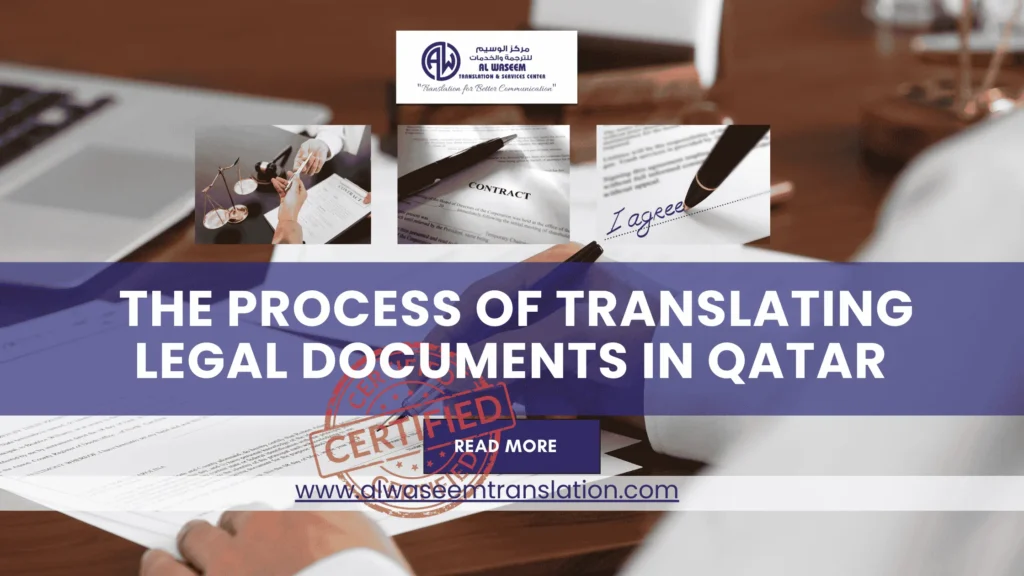Translation has come a long way from the days of flipping through bilingual dictionaries or relying on slow, manual processes. In today’s fast-paced, tech-driven world, artificial intelligence (AI) has made remarkable strides in the realm of language translation. Tools like Google Translate and DeepL can translate entire paragraphs in seconds. However, while AI offers speed and efficiency, it lacks the depth, nuance, and cultural sensitivity that only a human translator can provide.
The Rise of AI in Translation
The impact of AI on translation is undeniable. AI translation tools have quickly become a staple for businesses, travelers, and anyone looking to break language barriers. But how exactly does AI achieve this?
AI Translation Tools: The Current Landscape
AI-powered translation tools are more accessible than ever. Some of the most well-known tools include:
- Google Translate: One of the first mass-adopted AI translation tools, handling over 100 languages.
- DeepL: Known for its accuracy in European languages.
- ChatGPT: Offering more conversational and context-aware translations.
How AI Translations Work
AI translations rely on neural networks and Natural Language Processing (NLP) to process language. These networks learn from vast data sets, but AI tools are only as good as the data they’re trained on.
AI’s Advantages in the Translation World

AI’s popularity in translation mainly revolves around its speed and efficiency, making it ideal for large volumes of text and industries like e-commerce.
Speed and Efficiency
AI can translate thousands of words in seconds, making it incredibly useful for companies that need to process large volumes of text quickly. This efficiency is unmatched by human translators.
Handling Large Volumes of Text
In industries like e-commerce, where descriptions of thousands of products need translation, AI can handle the heavy lifting. It’s also invaluable in providing real-time translation for apps and customer support services.
The Limitations of AI in Translation
Lack of Cultural and Contextual Understanding
Language is deeply tied to culture, and AI struggles with understanding the subtleties that come with cultural contexts, often failing with idiomatic expressions and tone.
Nuances in Language and Idiomatic Expressions
Every language is filled with idiomatic expressions—phrases whose meanings can’t be deduced from the individual words. AI often fails to understand these expressions, leading to awkward or incorrect translations. For example, the English phrase “it’s raining cats and dogs” would confuse AI if it weren’t pre-programmed to know this expression is about heavy rain.
The Role of Culture in Communication
Cultural context is key to effective communication. A simple phrase in one culture can be offensive in another. AI lacks the ability to understand these layers of meaning, leading to potential misunderstandings or even insult in cross-cultural communications.
Quality and Accuracy Issues
AI translations, while fast, are not always accurate
How AI Struggles with Ambiguity
Languages are full of ambiguity—words or phrases that can have multiple meanings depending on the context. AI struggles with these nuances, often choosing the wrong meaning and providing a translation that doesn’t make sense.
Error Examples from AI Translations
There are plenty of examples where AI translations have gone wrong. For instance, translating “spirit” from English to another language could mean anything from a supernatural being to alcoholic drinks, depending on the context. AI can’t always decipher this.
AI’s Reliance on Data Quality
Another key limitation of AI is its dependence on data. AI tools rely on existing data to translate. If they encounter a phrase or concept that isn’t in their data set, they often fail. This is particularly problematic in fields with specialized jargon, like law, medicine, or engineering.
Why Niche and Technical Translations Fail in AI
Without specific knowledge, AI tools tend to make errors in translating niche or technical documents, where precision is crucial. Legal contracts, medical reports, and academic papers often require human translators for this reason.
Why Human Translators Are Still Necessary

Despite AI’s advancements, human translators remain essential for tasks that require emotional and intuitive understanding, tone, and cultural nuance.
The Human Touch: Emotion and Intuition in Language
Human translators can convey tone, emotion, and subtle cues in ways that AI still struggles to replicate, especially in areas of sarcasm, joy, or somberness.
Our Services
Translation Services
We offer a wide range of professional translation services tailored to meet the needs of businesses and individuals. Our services include:
Contact us today to learn more about how we can assist you with your translation needs.



